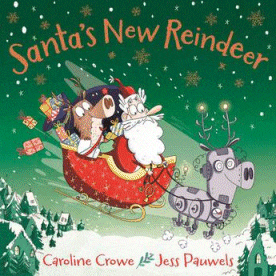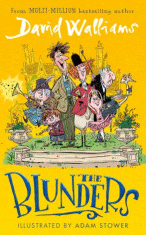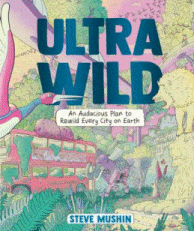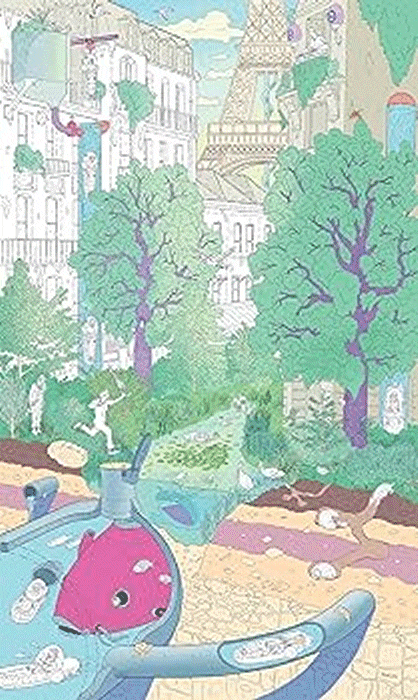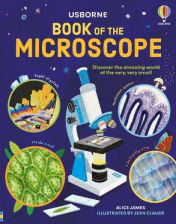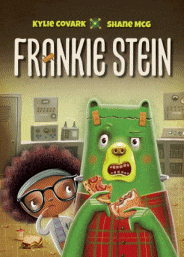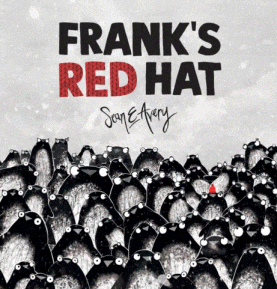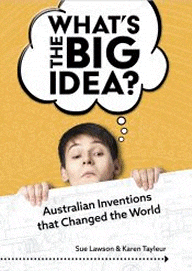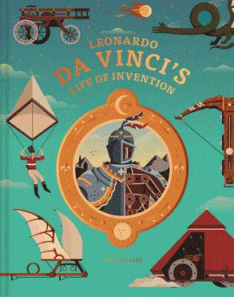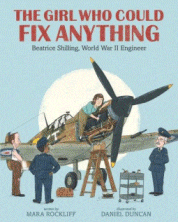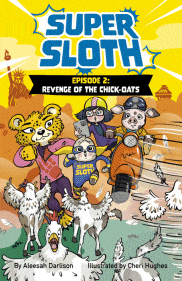
Super Sloth: Revenge of the Chick-Oats
Super Sloth: Revenge of the Chick-Oats
Aleesah Darlison
Cheri Hughes
Big Sky, 2024
140pp., pbk., RRP $A14.99
9781923004948
On a remote itty-bitty island off the coast of Panama there is an itty-bitty community of itty-bitty creatures. And while the rest of these pygmy sloths are content to dwell in the trees and move around “as slow as a rainy winter weekend”, Romeo Fortez, is different. At his naming ceremony, the heavens do spectacular and amazing things and Romeo is imbibed with powers of speed, intelligence, and irresistibly hypnotic good looks. As he grows up, Romeo craves speed and adventure and even his parents know that Escudo Island would never be big enough for him. But then he overhears a reference to New York – the city that never sleeps – and he knows that that is where he must be…
In the second episode of this action-packed series for newly independent young readers, ,Romeo’s nemesis, the unhinged Professor Ian Weird-Warp, is at it again. Bent on revenge, he concocts a quirky catastrophe. Mixing chicken and goat genes, he spawns a gang of eccentric chick-oats and they’re on the loose in the Big Apple, destroying everything in their path all the while chanting, ‘Berk-berk-baa!’
As the team faces off against Professor Weird-Warp’s sinister demands for Romeo’s surrender, they must hatch a brilliant plan to thwart the mad professor’s wicked schemes once and for all. Can this unlikely crew save the city from the clutches of the chick-oats?
Apart from being a fun read, it ends with the professor obviously intending more shenanigans so readers might like to have fun imagining what his next mutations might be – firstly it was a shark and a wolf, now chickens and goats so what could be next? Perhaps they could even draw what they visualise and develop their own story based on what they already know of the resident characters, Weird-Warp’s motivations and their own imaginations.

